Join me and let's continue the Sagada trek from months ago.
Coming from the rock peak where we had our photo shoot, we went down the mountain to a saddle. Somewhere along the way down, we can see the coffins hanging by the other mountain that we were headed to.
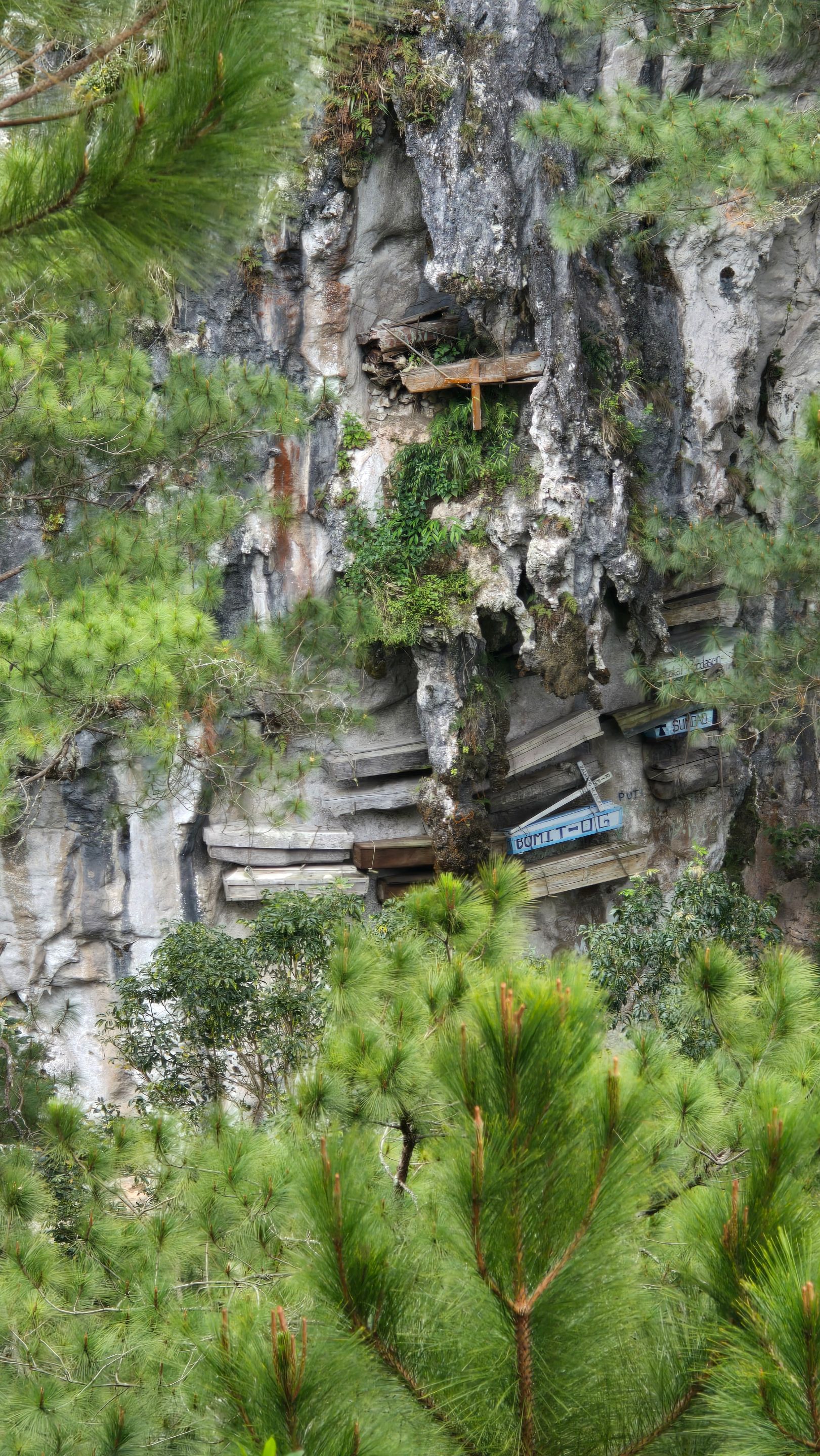
From the saddle, we climbed a sort of winding but low trail up the Echo Valley. For a short recollection, the Echo Valley is the mountain behind me on this photo taken from the rocky peak.
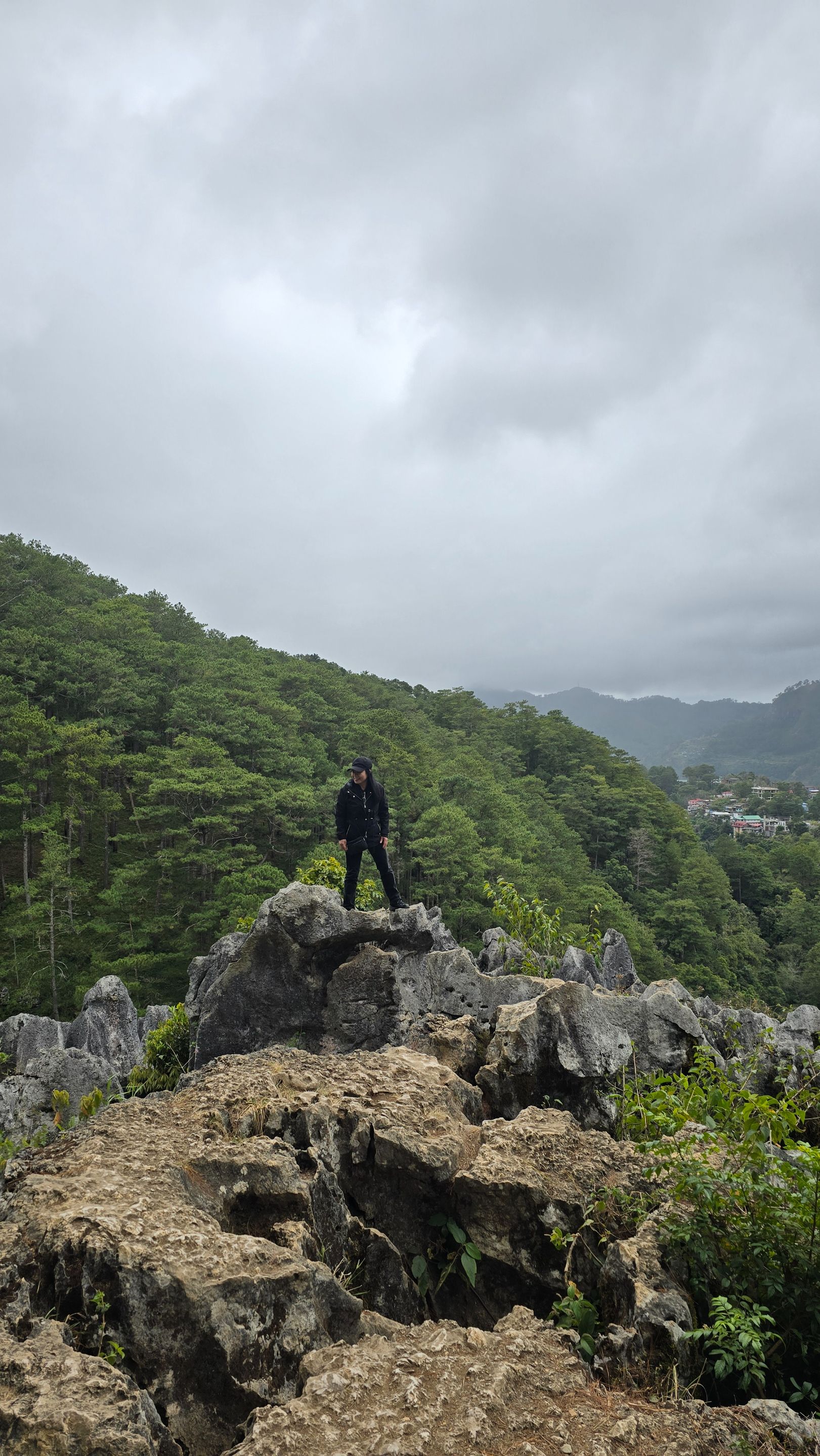
I asked our tour guide why the mountain is called a valley and she said she is also not sure why. What we both agreed on is that the mountain echoes to loud sounds, though I did not try shouting to it to test. I thought about it but held doing so because there is the belief of some Igorots* not to disturb the spirits in the forest.
There was another group of tourists we came upon with when we reached the view area to the hanging coffins. At about ten to fifteen meters from the cliff where the coffins are hanging, there is a fence that barricaded the area. Going near the coffins is off-limits.

They say the coffins are more than a hundred years old and yet there are only few so I wondered why. Our tour guide said that only few selected people are privileged to be "buried" up there. They are those whose all descendants are still alive. It means that person is the one who is first to die starting from his level going down their family tree.
"So they don't have to be prominent people? Not high ranking government officials or someone like them?" I asked further.
Our tour guide confirmed, "No, just the first person to die from his level downward."
The "Lawagan" name on one of the coffins sound familiar so Ally asked about the same. She relayed about someone she knew who has that last name and gave our tour guide a bit of background. Our tour guide said that person and the dead could be relatives.
"How do they put the coffins up there?" I asked. Our tour guide said people rappel.
Someone asked about the coffin that looks newly painted. Our tour guide said it is somehow "recent" which was hung there sometime in the 90s.
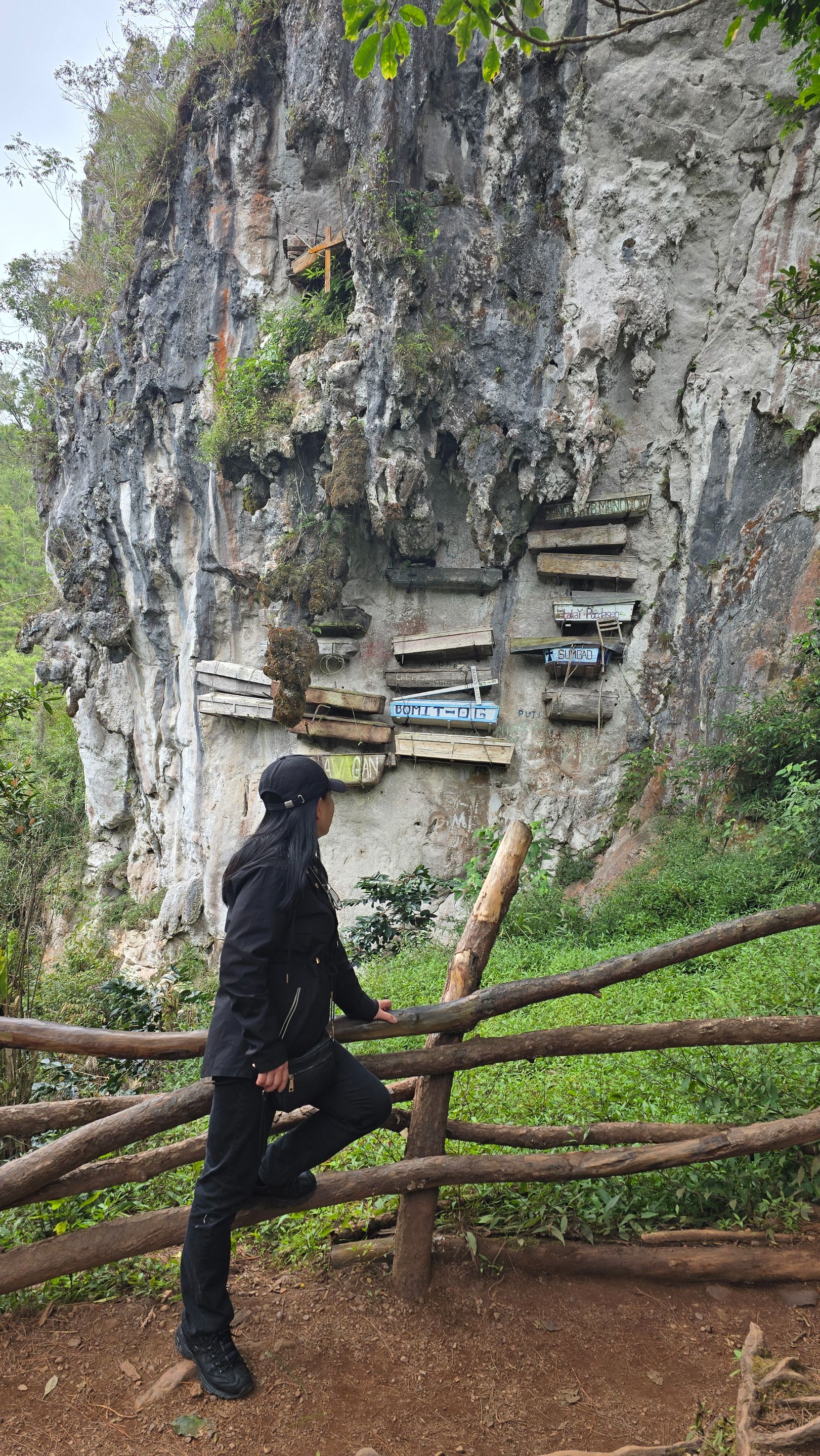
We did not notice the first time we arrived that right in front of the hanging coffins, a meter or two from the barricade, is a real "money" tree. It is punched with coins! I laughed at the humor.
"Without a doubt, this is the real money tree!" I exclaimed.
At first I thought it is something like a wishing well in which people punch a coin and make a wish. I asked our tour guide. She said no, it is not like that. It just so happen that someone started punching a coin and many followed suit.
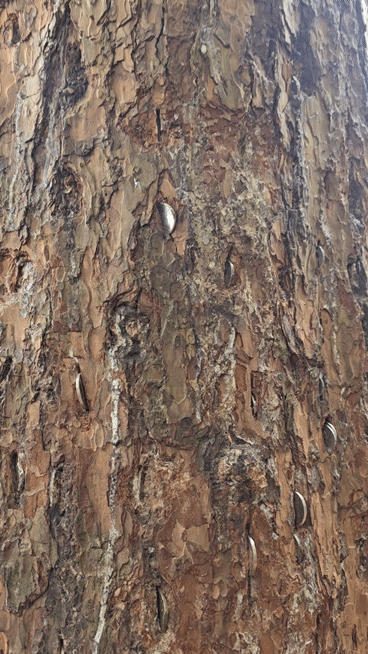
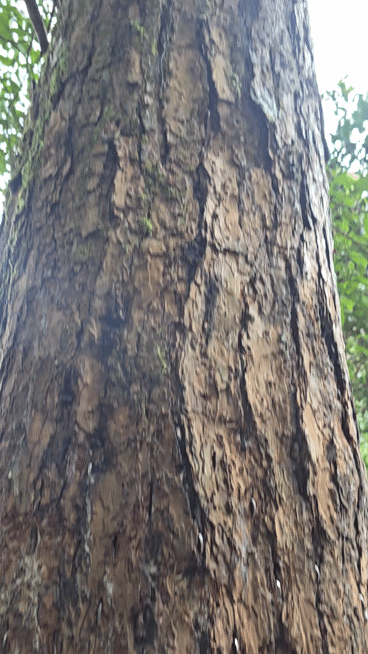
It started drizzling so we turned to move on to our next destination. Along our way out of there, I spotted two coffins piled in a cave way up high a ravine by the mountain on the other side. I asked what's the catch for all the inconveniences and danger of climbing a cliff just to put dead people up there. Our tour guide said it is to preserve the dead and their spirits from the "noise of the world."
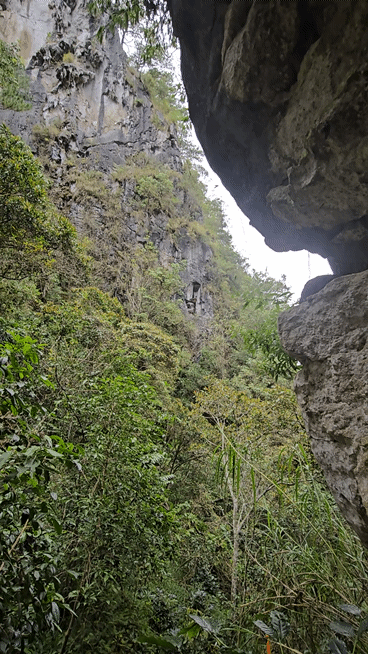
I don't really know what to think or how to feel about this culture of hanging coffins. Many people have converted their beliefs to Christianity yet there are still few who practice the culture. The tour guide said one can practice the same as long as their dead meets the criterion and still believe in the serenity brought by said culture.
My main consolation is that I have witnessed first-hand the popular coffins that many people, local and foreign tourists alike, visit and talk about.
* Igorot: Collective tribe name for the people of the Cordillerans including those in Sagada